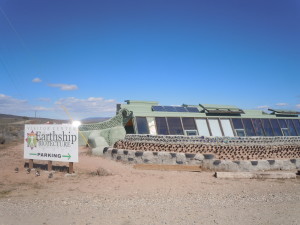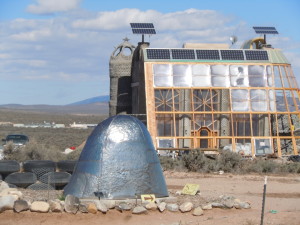Make Workers More Comfy, and Save a Bundle on Energy
Offices: too hot, too cold, and no Goldilocks to find the happy middle ground of “this one is just right.”
How can you find that happy medium that accommodates the woman in a sleeveless sundress ?and? the man in the suit…the person whose desk is a foot away from the air conditioning vent (which chills air far below the ambient room temperature) ?and? the one sitting in the hotspot caused by a sunny window?
The obvious solution is zoned temperature control, at a much more granular level than we typically get.
Here’s a really interesting article about temperature control in offices. Don’t worry; it’s not particularly technical. It’s not written for geeks, but for ordinary people trying to solve the problem.
It starts by discussing the problem in context: demonstrating several reasons why office temperature control usually doesn’t work very well.
Then it solves the problem with a smartphone app that lets individual users have a say in the temperature of their little area.
And here’s the really good news about this: in testing in one office building, HVAC bills dropped 23 percent. Lots more opportunity for savings, too.
There’s potential for much greater energy improvement. The General Services Administration (purchasing arm of the federal government) has prepared thinks raising office temperatures in federal buildings a mere two degrees F in the summer could save $1.87 million of our tax dollars. It has identified seven specific steps the federal government could take to drop energy use by an astounding 568.2 million kilowatt hours per year. Only two of them are in the “very expensive” category.


